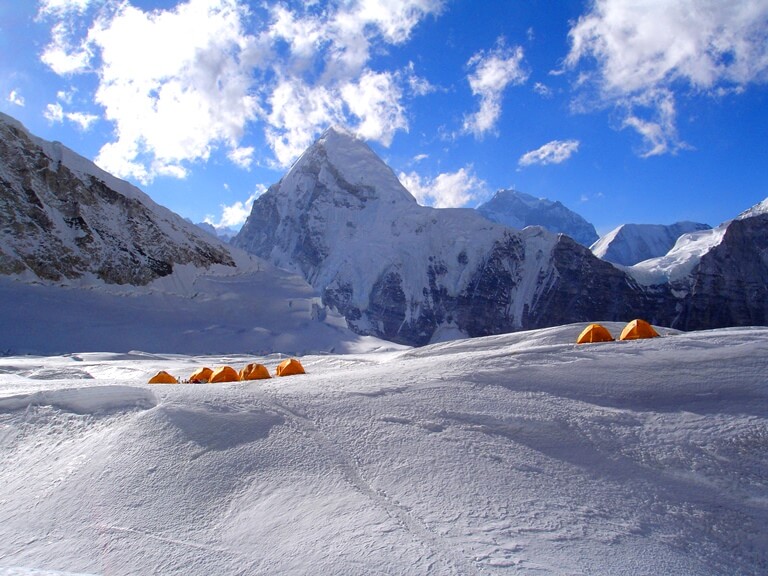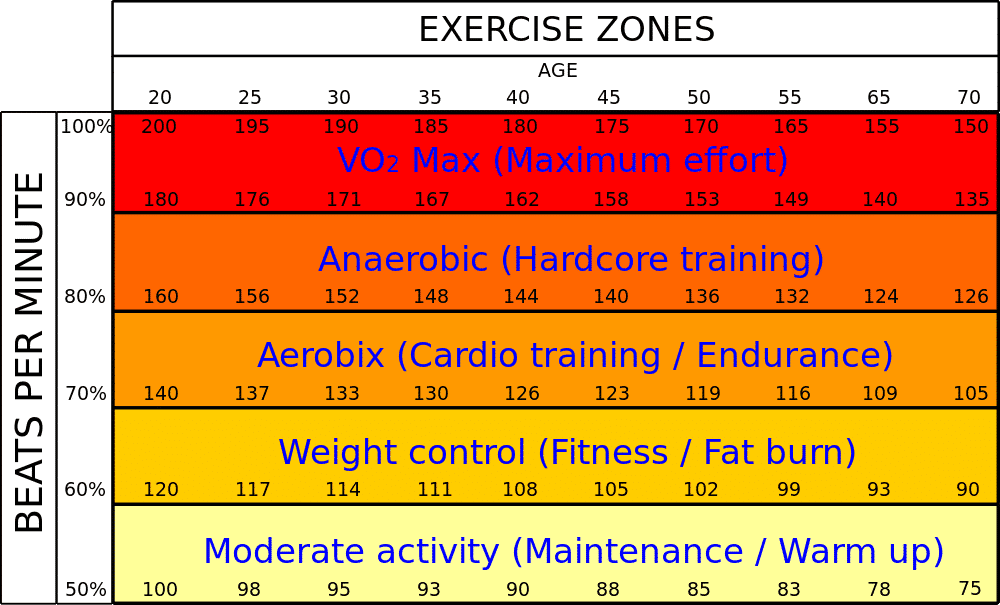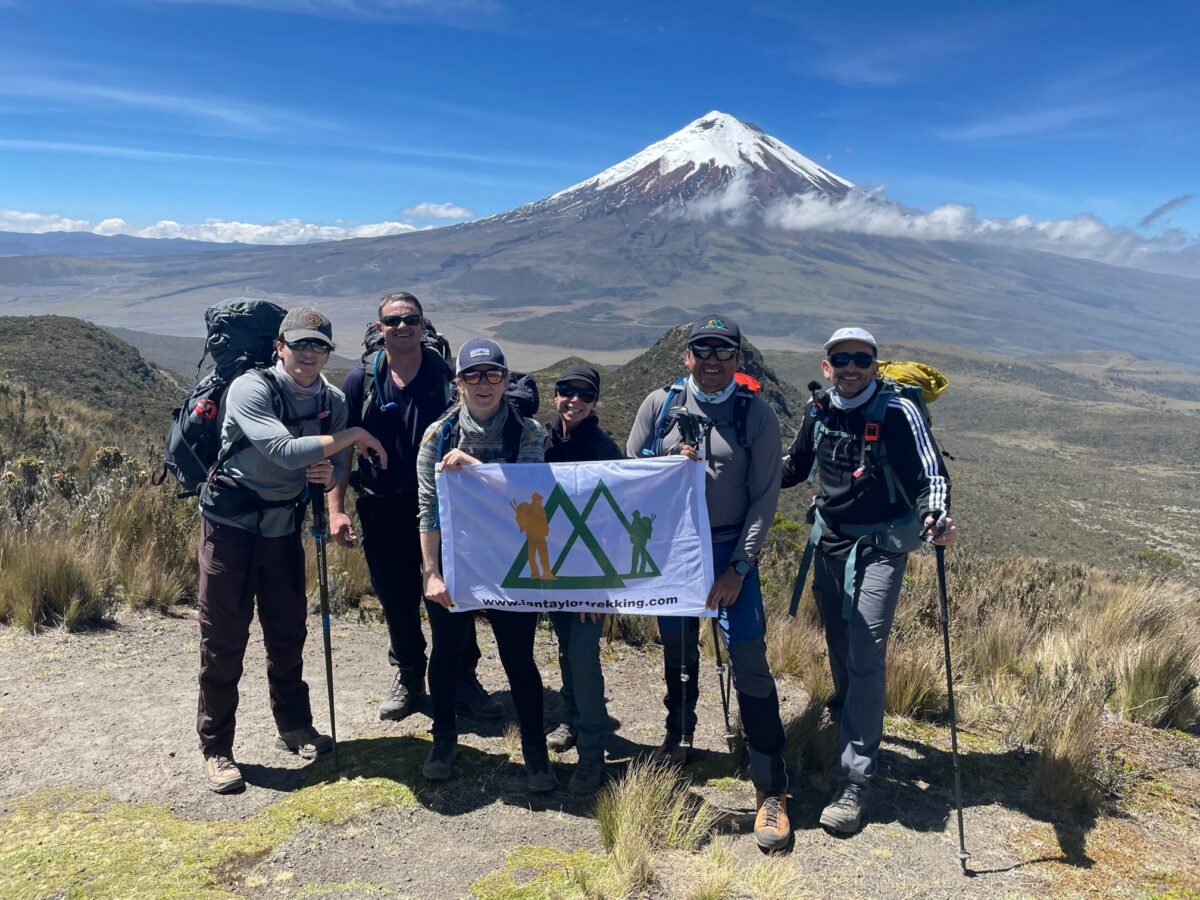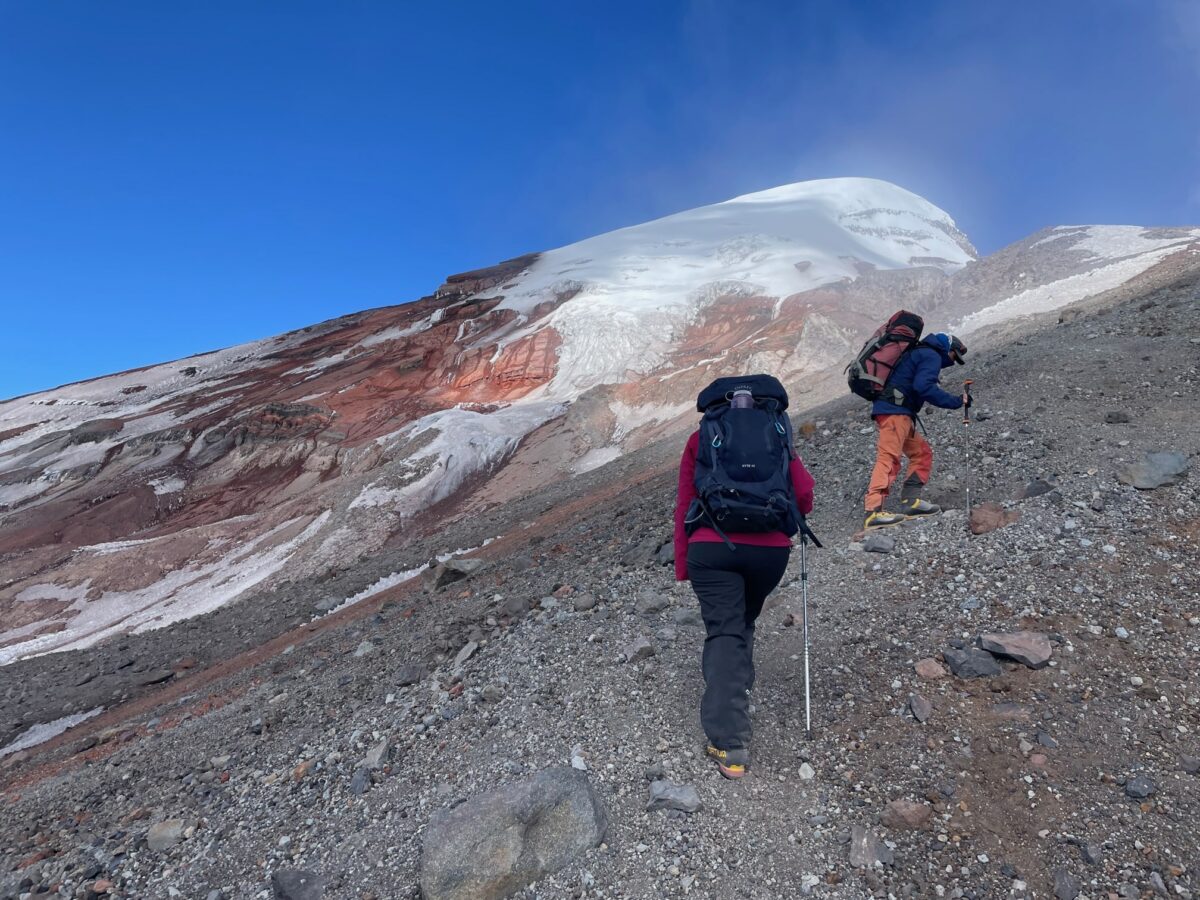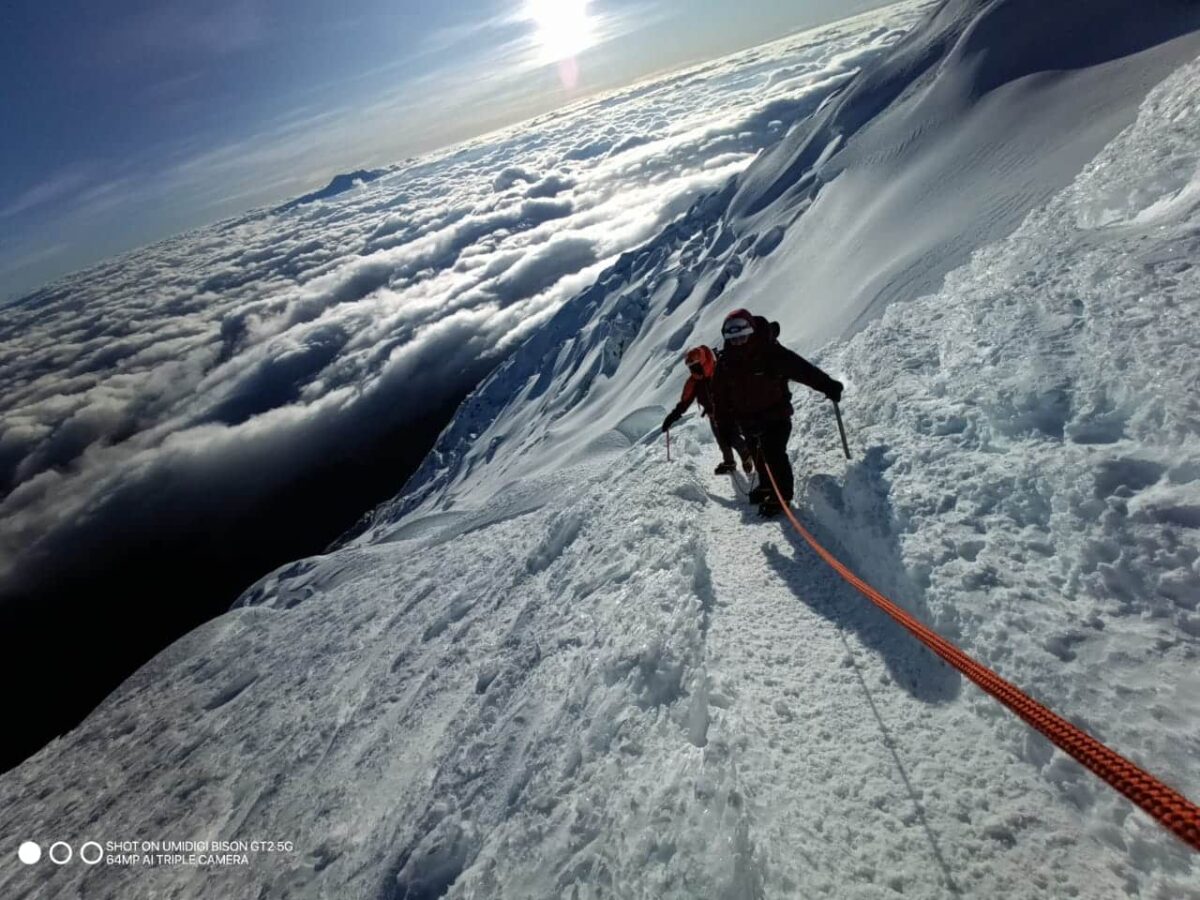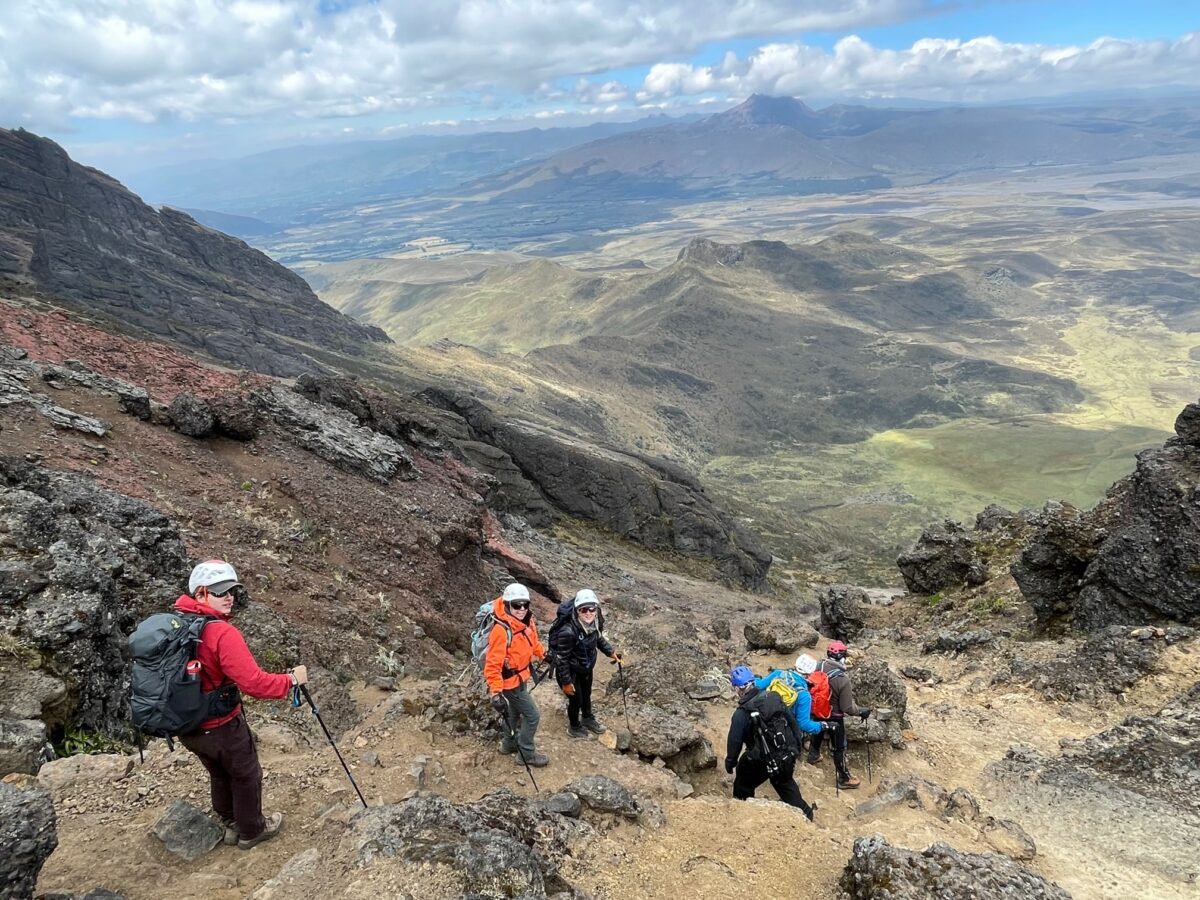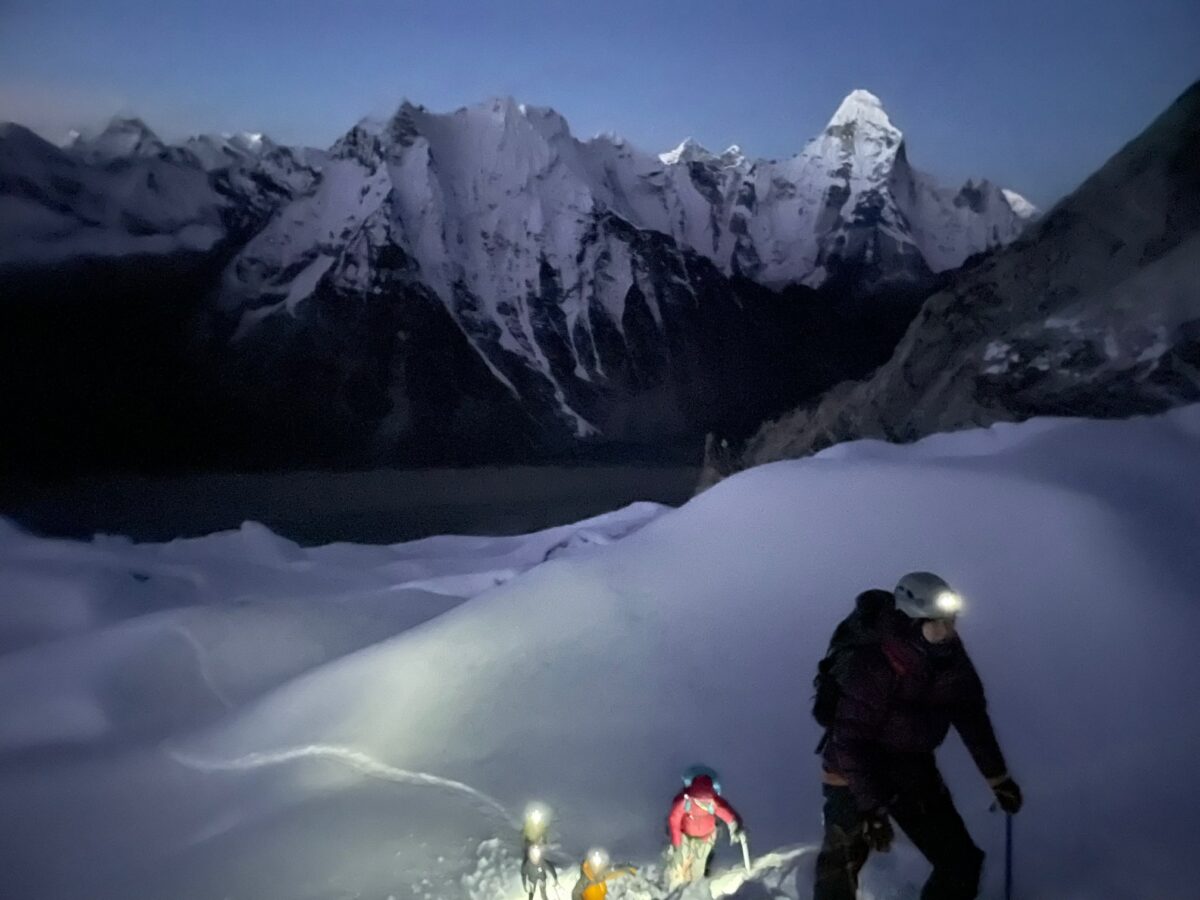Understanding Heart Rate Zones for Your Trekking Training is extremely important. If you have decided to ramp up your training for your multi-day trekking or mountaineering trip its worth getting regular fitness test and Vo2 Max tests to establish the upper and lower limits of your training.
Understanding Heart Rate Zones for Training
The rule of thump for calculating your maximum training heart rate has been 220 minus your age but this is not accurate, an estimate only. When you are training for any expedition, it is better not to guess if the training you are doing is enough.
Be Specific With Your Training
You are trying to understand how to make the most of your training and doing very specific training in different training zones is really important so you can improve your endurance, strength, aerobic and anaerobic training for your chosen adventure. It is important to understand what training zone you need to be in, as you build your fitness to the desired level. I am happy to chat with more to give a better understanding.
Your body needs fuel to burn while your exercising. When you are hiking, training on a step master you should be training in your aerobic and anaerobic and you will be burning fat and carbohydrates. It is important to understand that your body burns fat and Carbohydrates at the same time at most levels of exercise.
Remember when you are training you should be doing most of your training in the aerobic and anaerobic zones. The chart above gives you a rough guideline of what these heart rates are for your age. So you need to doing most of your training 60% to 80% of your maximum heart rate.
Your maximum Heart Rate declines as you age, in essence for trekking adventures in low oxygen environments you need to be training more the older you are. You also loose muscle strength the older you get so doing more resistance training is important.
What Range Should I Train At
For trekking and endurance-based activities you should be training within your aerobic exercise training zone 40% to 85% of your maximum heart rate. Your endurance capacity will improve faster if you train closer to 65% than if you train at 85%.
You should build slowly you should not start training at 85% of your maximum heart rate. Depending on your specific fitness test, Vo2 max test you should start your training at 40% to 50% of your maximum heart rate and slowly build from there over time. This is hard to say and will depend on a wide range of factors. Here are some of the determining factors:
1). Age
2). Current Level of Fitness
3). Current Body Weight
You are looking to joining a multi-day trekking or mountaineering adventure. What is important is you need to start the specific training. Starting as quickly as possible and build slowly to your desired fitness level.
Anaerobic training-like intervals and speed work are helpful if you want to improve your time or perform optimally in an event like a 10K run or a 20-mile hike because the training prepares your body for the specific anaerobic demands of the event for when you need extra effort on the head wall on Island peak or increase intensive for a steep hill. This type of training should not be your primary source of training. The majority, 80% of your training should mimic the type of exertion you will be experiencing during the trip you will be undertaking.
Where Do I Start
The best place to start is with aerobic training. Start at the low end of your capacity or the bottom end of your aerobic training range. Say 50% and as training continues and the heart and muscles adapt to the increased stress levels. Your intensity should be progressively increased.
For example, an individual getting straight off the couch might start at 50% of their maximum heart rate. Remaining at that level for four weeks, and then gradually increase to 55% for the next month and so on. Building up being able to perform consistently at higher heart rates for longer. That is your goal.
Your body will adapt to the increased stress levels over time. That is why you need to be doing longer training session once a week. Doing a longer hike helps you understand if you need to increase time and sessions you are undertaking. Training heart rate zones offer a quantifiable method of guiding workouts. They determine exercise intensity and should be followed for your safety. We highly recommend getting a vo2 max test.
Use a Heart Rate Monitor When you are Training
You should monitor your heart rate with a device. It will give you real time data to help you make sure you are training at the right heart rate. They have become very popularity over the past 10 years. Many athletes use heart rate monitors during their workouts to determine if they are in the proper training zone. We highly recommend using this tool in your trekking and expedition preparation.
The standard heart rate monitor has a strap with a transmitter that you wear around your chest and a wristwatch with a receiver. The chest transmitter detects your heart rate during exercise and sends the signal to the wristwatch display for you to see.
You can purchase high end watches and devices that can downloading the entire workout to your computer. There are alarms that let you know when you go too high or too low in your training zone. Go minimalist and purchase the basic model that just reads your heart rate. Nike, Polar, and Timex. These are just three reputable companies that manufacture heart rate monitors.
Start Training for the Downhill
Hiking uphill is much easier to prepare for, but what goes up must come down. You must prepare our body and specifically your knees to handle downhill hiking. Depending on the trip and your current training, it can take 3 to 9 months of some sport specific training into your training plan.
Training for downhill hiking is an important strategy not to be ignored. Try and Implement the exercises below year round to keep your knees and muscles strong year round. You can gradually increase the reps as you get closer to your departing for your trekking trip.
Strength is gain by time under tension or the slow movement. When thinking of building strength you need to factor in a range of exercises to improve your overall leg strength form your hips down to your ankles. Learn more.
Contact us Today
I hope this post on understanding heart rate zones for your trekking training was useful. Heart rate training zones and heart rate monitoring is really important to cut out all the guess work. We believe everyone going on a multi-day trekking trip or expedition should training effectively. If you would like further information, CONTACT US today and learn more about the specific training you should be doing for your chosen adventure. Join our Facebook group.

